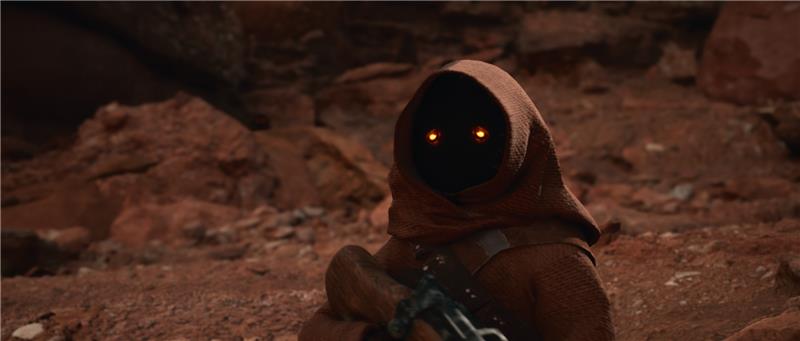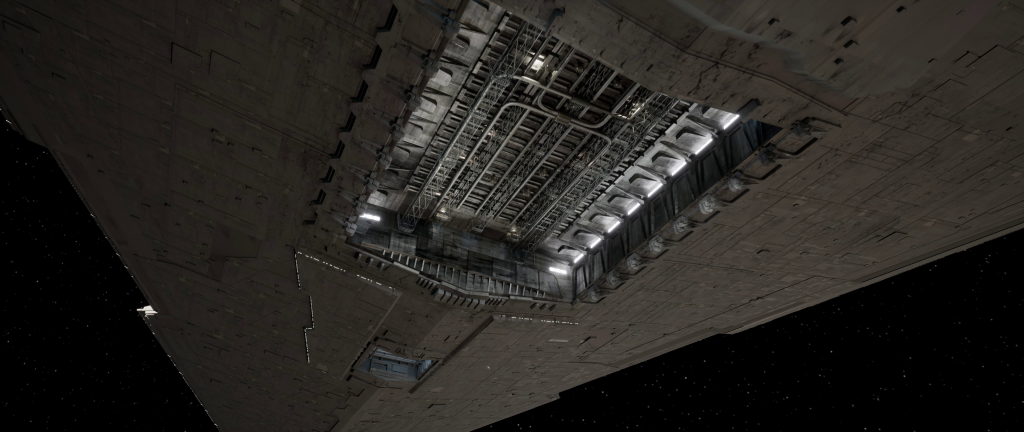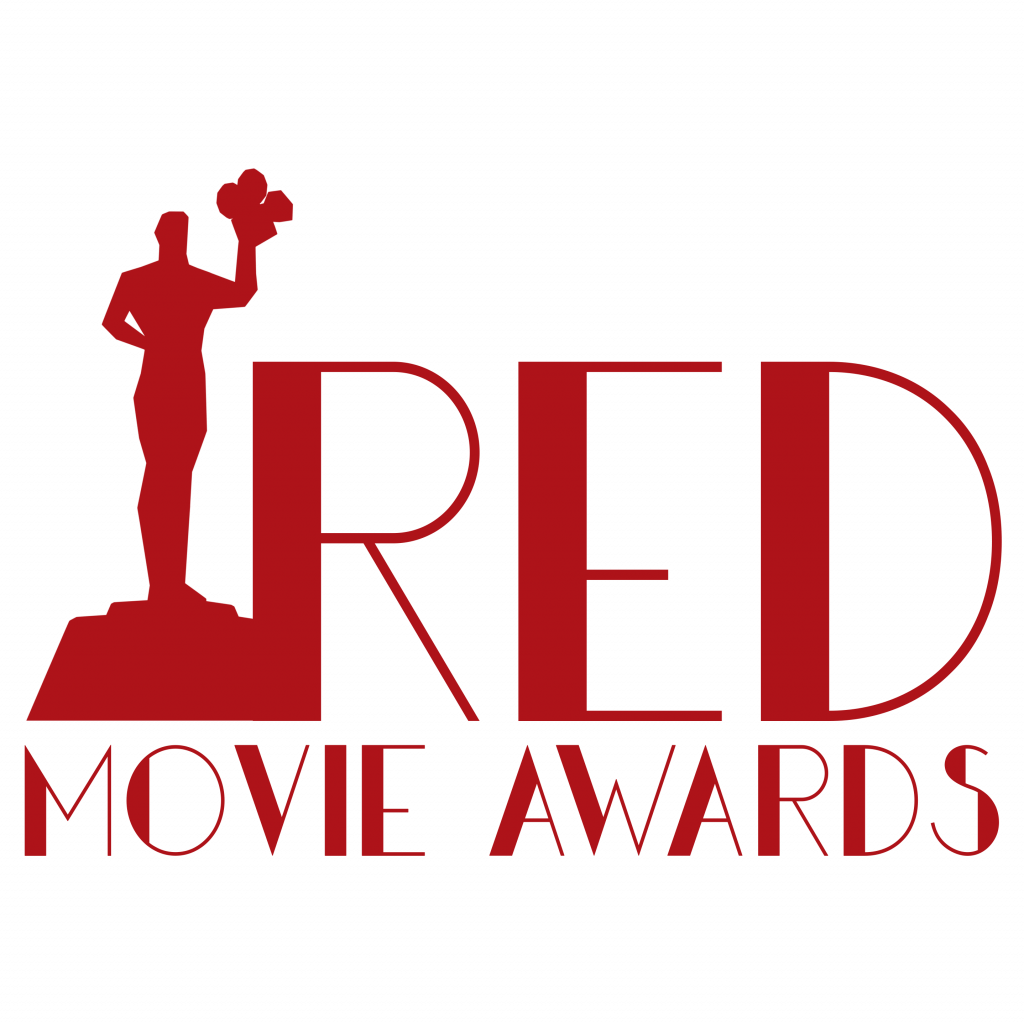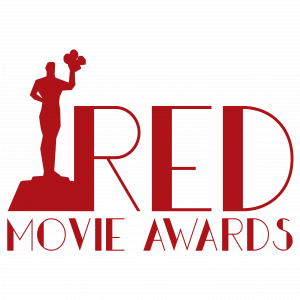THE INTERVIEW
October 30th, 2022
MARTY SLIWINSKI
DIRECTOR OF THE FAIR TRADE: A STAR WARS FAN FILM
BEST FAN FILM – WINTER 2022 EDITION
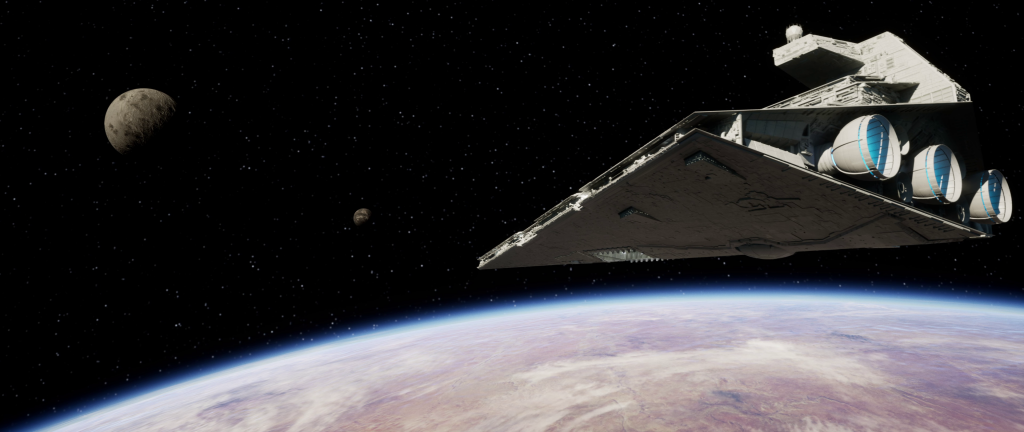
A fan film is a very specific genre. What I wanted to achieve was to recreate the feeling that made me fall in love in this universe when I first saw “A NEW HOPE”, so it naturally became the main inspiration. But to stay true to the 70’s way of visual storytelling I needed to go back to the roots. I researched a lot of interviews with mr. George Lucas and followed inspirations he followed. I reached for the classics like 1962 Lawrence of Arabia, or 1969 Battle of Britain.
One of the most important references, however, were documentaries about technical aspects of moviemaking in that period. There’s virtually nothing you wouldn’t be able to show on screen these days. We have advanced camera gear, drones, sophisticated lighting, CG imagery presenting no limitation to camera moves or what’s in frame. But that wasn’t the case in the 70’s. There was only so much you could do with your camera and you had to be very careful about how much set design, props or costumes you can have to keep it within your budget. And those limitations were influencing the feel of the final film.
For years I worked on other people's projects and finally realized I'd like to tell stories from my own perspective.
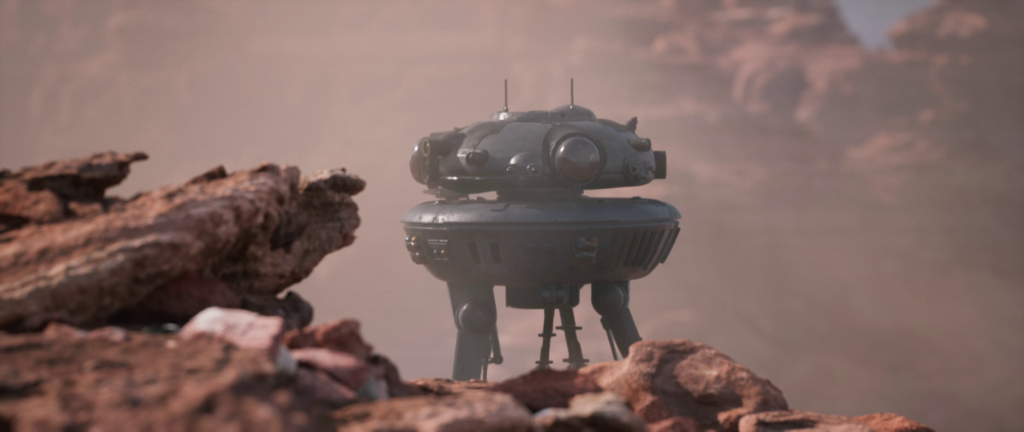
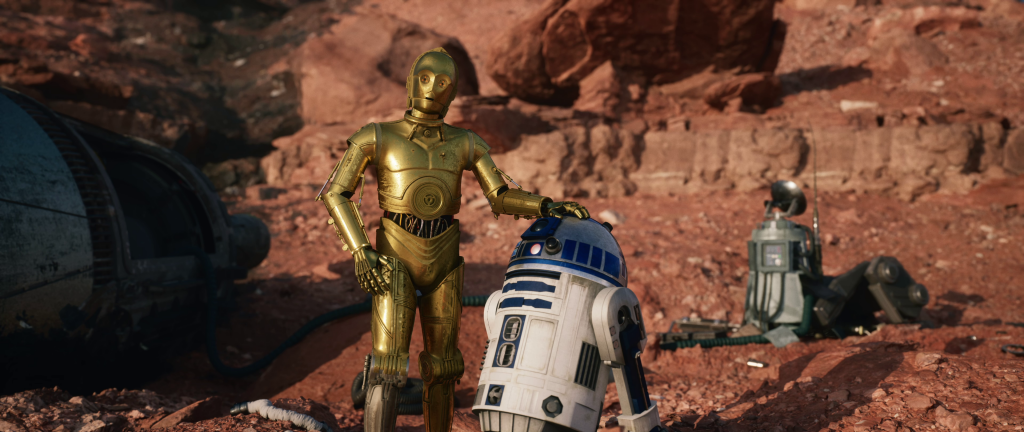
The first thing I did was emailing Lucasfilm. I didn’t want to step on anybody’s toes making something in a universe that doesn’t belong to me, no matter how much I love it. I was amazed with their reply and grateful for how supportive their approach was. I have received clear guidelines for what I can and cannot do, and so it started. I was really trying to be as genuine and honest as I possibly could making my first film.
There was a lot of research involved, and even though, I had to remind myself at nearly every other shot – “hey, they wouldn’t do this in the 70s!”. But that’s right – I didn’t stay 100% faithful to the references. I went back to my own memories and tried to incorporate them into the film.
One good example are voices of the Jawas, which are a bit higher pitched than in the original. This is how I remembered them from when I watched A NEW HOPE for the first time as a kid. This first impression faded away with time and with every next time I watched it – and believe me, it was a lot of times! But I simply wanted that feeling back.
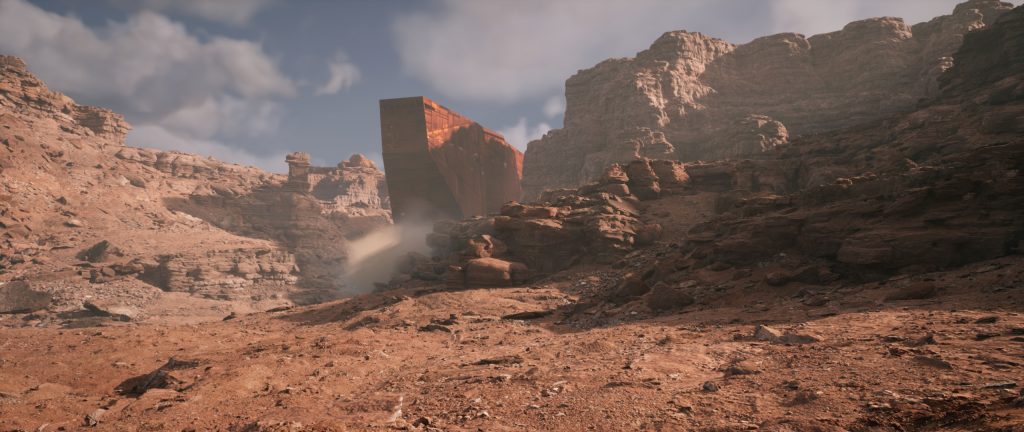
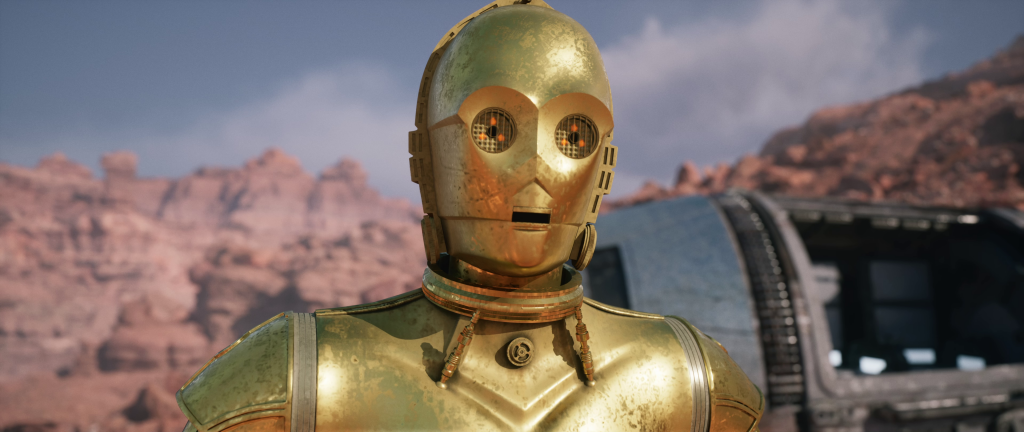
I think when you wanna start doing something you've never done before, start with something that comes naturally.
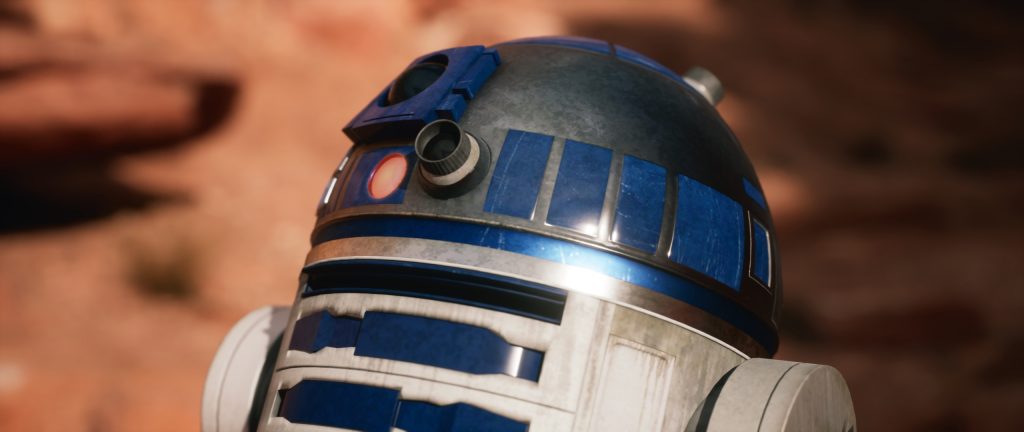
Both the animation and VFX are changing. The real-time technologies are taking over, going deeper and deeper into the industry. The entire production took 6 months from the release of Unreal Engine5 Early Access on 26th of May 2021 to the release of “The Fair Trade” on 25th of October.
But it’s hard to distinguish specific steps, because all of them happen at the same time. Animation was a combination of motion capture, external animation and hand animation directly in the Engine and it was spread across the entire duration of the project, but it took a fraction of time it would take in the traditional animation workflow. As for the post production – the visual side was done on the fly in Engine.
The sound design took a few weeks, also overlapping with visual work, oftentimes going back and forth, tweaking sound to the picture or vice versa. I, personally, find the real-time process liberating, when you don’t need to wait for the previous step to be closed to start the next one!
